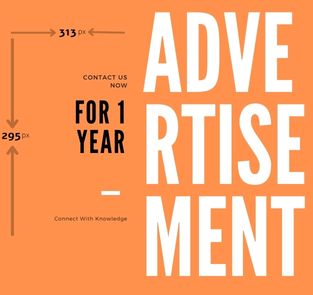Despite deteriorating macroeconomic conditions, the credit quality of India Inc remained strong in the April-September period of FY23, with more number of rating upgrades than downgrades, rating agencies said.
The improvement in credit ratings in the first half of FY23 was strong domestic demand, better cash flows, healthy financial profile, improving business performance and availability of liquidity, they added.
Crisil Ratings, in a report Monday, said its credit ratio — upgrades versus downgrades — continues to be high at 5.52 in the first half, underscoring ongoing broad-based improvement in India Inc’s credit quality. The ratio was 5.04 during H1 of FY22.
India Ratings & Research (Ind-Ra) upgraded ratings of 159 issuers, while downgrading that of only 40 issuers during H1FY23. Meanwhile, Icra Ratings’ credit ratio stood at 3.3, with the number of rating upgrades at 250 and that of downgrades at 76.
Crisil said the performance of upgraded companies improved significantly over the past three fiscals despite severe pandemic-related disruptions. “Around 35 per cent of all upgrades were from the infrastructure sector (including large realty players). Infrastructure sector is in a unique position of largely being a domestic story and generally decoupled from the global headwinds,” Crisil Ratings MD Gurpreet Chhatwal said.
Over the last few years, increasing share of central counterparties in infra projects has led to more predictable payment cycles providing additional comfort to credit quality, he added.
Arvind Rao, Ind-Ra’s head (credit policy group), said the rating upgrade intensity in H1FY23 continued unabated, as issuers benefited from the gains accrued to their credit profile post the Covid-induced lockdowns.
According to him, the strengthened financial profile achieved from the deleveraging (EBITDA/net debt) in FY22 had been largely sustained, albeit projected to marginally weaken.
Among sectors that saw positive rating actions, textiles and automobiles within the consumption-led sectors saw rating upgrades because of a favourable demand and strengthening of financial profile, an Ind-Ra report said.
Buoyant government spending supported rating actions in the metals and mining and construction and engineering sectors.
During April-September, financial sector issuers saw a high number of upgrades and ratings with positive rating directional indicators, benefited from strong balance sheets, improving credit demand outlook, waning legacy asset quality issues and expectations of improved profitability, particularly for the banking sector, the Ind-Ra report said, adding that there were no downgrades during in the period in the sector.
Icra said real estate, textiles, financials, engineering, construction, and roads sectors constituted the upgrade leaderboard for H1FY23. These six sectors accounted for almost half of the total upgrades by the agency in H1, while constituting one-third of its rated portfolio.
Ind-Ra’s Rao said despite the current macroeconomic maelstrom — high inflation, sharply rising interest cost, runaway commodity prices, depreciating rupee, likely recession in major economies and weakening exports — credit profiles have adequate headroom to navigate the current challenges.
To a great extent, the ratings reviewed during the period have factored in the likely impact from the Russia-Ukraine war, as downside risks were visible right at the beginning of the fiscal, he added.
Crisil Ratings senior director Somasekhar Vemuri, however, felt that persistent high inflation, hike in interest rates, and slowdown in large economies will remain a risk and may result in moderation of credit ratio.





